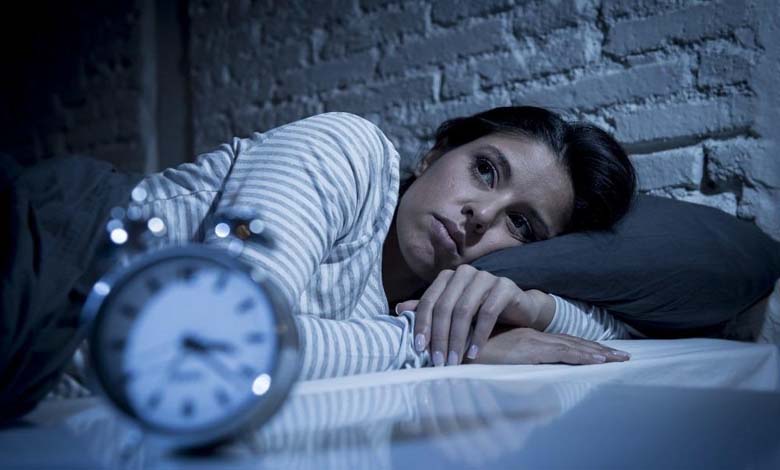Five Common Mistakes in Sleep Improvement That Can Lead to Insomnia and How to Avoid Them

Sleep is a fundamental pillar of human health, influencing not only physical recovery but also emotional regulation, memory consolidation, and cognitive functions. Yet, despite growing awareness of its importance, many people make mistakes that disrupt sleep and worsen insomnia. Understanding these mistakes and adopting healthy habits is essential for achieving restorative sleep and maintaining overall well-being.
-
Does sleeping with a fan pose a risk to heart health?
-
Studies Reveal Alarming Neurological Effects of Fragmented Sleep on Long-Term Brain Health
1. Excessive screen use before bedtime
One of the most frequent pitfalls is checking smartphones, tablets, or computers before going to sleep. The blue light emitted by these devices interferes with melatonin production, the hormone responsible for regulating the sleep-wake cycle. Studies show that exposure to blue light within two hours of bedtime can delay sleep onset by up to 60 minutes and reduce deep sleep proportion.
It’s not just the light: intense cognitive stimulation, whether reading stressful content or watching captivating shows, activates the prefrontal cortex and keeps the brain alert, making falling asleep more difficult. A practical solution is to establish a “screen-free hour” before bed and choose calming activities such as reading a physical book, meditating, or practicing breathing exercises.
-
Diaries of a Gaza family: waking up hungry and sleeping on broken hope
-
The Frightening Effects of Fragmented Sleep on Brain Health: What Science Reveals
2. Consuming caffeine and other stimulants late in the day
Many underestimate the prolonged effect of caffeine. Consumed in the late afternoon or evening, it can remain active in the body for up to eight hours and block adenosine receptors, a molecule that naturally induces sleepiness. Energy drinks, black tea, or certain sodas also contain caffeine, sometimes in surprising amounts. To optimize sleep, it is recommended to avoid all stimulants after 2 p.m. and prefer relaxing alternatives such as herbal tea or warm water.
3. Irregular sleep schedules
The human body operates according to a circadian rhythm, a 24-hour biological cycle regulating hormone secretion, body temperature, and alertness. Going to bed at widely varying times disrupts this rhythm and prevents the brain from sending sleep signals at the right moment. Even on weekends, maintaining consistent sleep times enhances synchronization of the sleep-wake cycle and improves rest quality. Experts also advise exposure to natural morning light and avoiding long afternoon naps to reinforce circadian rhythm.
-
Study: Excessive Sleep Increases Risk of Mortality
-
Rising temperatures may increase the risk of sleep apnea
4. Forcing oneself to sleep
Trying to force sleep after being awake for a long period is counterproductive. This approach creates sleep-related anxiety, amplifying difficulty falling asleep. Insomnia thus becomes a vicious cycle: stress prevents sleep, and failure to sleep increases stress. A more effective strategy is to leave the bed after 20 minutes of wakefulness, engage in a calming activity such as reading or deep breathing, and return to bed once natural drowsiness occurs.
5. Neglecting the sleep environment and bedtime routines
The bedroom should be a sanctuary conducive to rest. Excessive temperature, uncomfortable mattress, noise, or light can fragment sleep and cause frequent nighttime awakenings. Experts recommend an ideal room temperature of 64–68°F (18–20°C), a mattress providing proper body support, and blackout curtains. Additionally, establishing a regular bedtime routine—such as a warm bath, gradually dimming lights, and relaxation exercises—prepares both body and mind for sleep.
-
The Brain’s Appetite for Junk: A Side Effect of Sleep Loss
-
Doctors Warn Against Sleeping on Your Stomach: What’s the Reason?
Insomnia is not always caused by complex medical disorders; it often stems from everyday habits and lifestyle choices. By avoiding these five common mistakes and adopting simple, effective strategies, it is possible to restore restorative sleep. The benefits extend beyond the night: better sleep quality enhances focus, strengthens the immune system, stabilizes mood, and supports cardiovascular health. Prioritizing sleep is an investment in long-term well-being.
-
Late Sleep and Depression: How Staying Up at Night Affects Mental Health
-
Lack of Sleep in Middle Age Increases the Risk of Dementia












